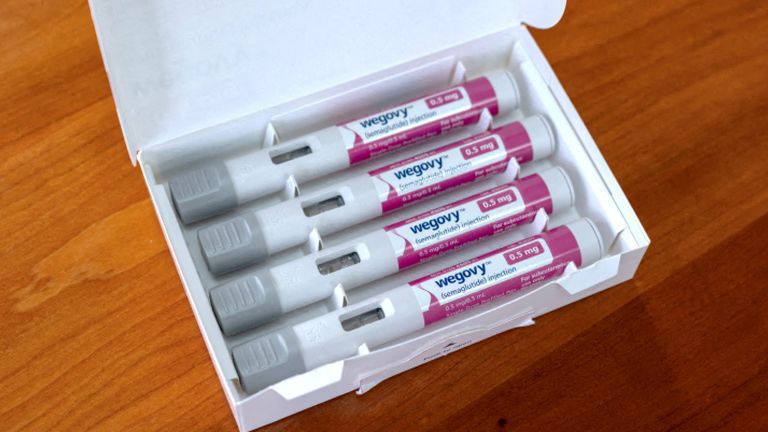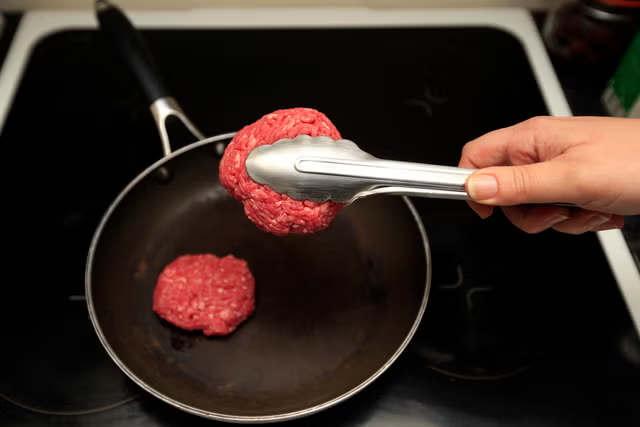Scientists may be one step closer to creating digital data storage out of DNA after developing a glassy, amber-like material to preserve the molecule.
The first DNA sequence to be stored in this way encodes the movie theme from Jurassic Park, in a nod to the amber-preserved DNA extraction used to resurrect the dinosaurs in the film franchise.
We tend to think of DNA in the context of living organisms, but at its core DNA is an efficient and stable storage molecule, capable of storing vast amounts of data in a small space. Today, data is stored as a series of 0s and 1s in what's known as binary code.
But this same information could be encoded using the four "letters" of the genetic code at a much higher density: in theory, a coffee mug of DNA would be enough to store all of the world's digital data.
Sounds great, right? So why aren't we all using DNA-based digital data storage?
DNA needs to be preserved to store data. At the moment, the number one method for DNA preservation is freezing it, which is very expensive and not really scalable.
In 2023, James Banal, a former postdoctoral researcher at MIT, and MIT professor of biological engineering, Mark Bathe, developed a method for storing these DNA molecules in particles of silica. However, the processing of embedding the DNA took several days, and removing it required the application of hazardous hydrofluoric acid.
Now, Banal and colleagues at MIT have created an amber-like material that hardens when heated but also contains easily breakable bonds. This allows it to be degraded in a controlled way to access the information stored inside.
"We can choose how we want to degrade them," Jeremiah Johnson, the A. Thomas Geurtin Professor of Chemistry at MIT and co-author on the research, said in a statement.
This method, which the researchers have dubbed the T-REX method (Thermoset-Reinforced Xeropreservation), takes only a few hours to set the DNA and can store DNA molecules of varying sizes, from just a few dozen "letters" to the entire human genome.
In a new study published in the Journal of the American Chemical Society, the team demonstrated their material by embedding and subsequently removing a DNA sequence encoding the music for the Jurassic Park theme song. Following this process, they sequenced the molecule and confirmed that no errors had been introduced into the DNA sequence.
"I think our new preservation method is going to be a technology that may drive the future of storing digital information on DNA," Banal said in a statement.
To develop their DNA storage technology further, Banal and Bathe started a company called Cache DNA, with Johnson serving as a member of their scientific advisory board.
The team envisages that their technology will first be used to store genetic information to enable personalized medicine approaches, but more applications are anticipated later.
"We're still in the very infancy of understanding the genome and how it relates to disease," Banal said.
Do you have a tip on a science story that Newsweek should be covering? Let us know via science@newsweek.com.
Disclaimer: The copyright of this article belongs to the original author. Reposting this article is solely for the purpose of information dissemination and does not constitute any investment advice. If there is any infringement, please contact us immediately. We will make corrections or deletions as necessary. Thank you.



